Creating a Green Oasis:
How Urban Dwellers Can Embrace Patio Gardening with Outdoor Living Today’s Urban Raised Garden Beds
Living in a condo often means sacrificing certain luxuries, like a backyard or ample green space. But with Outdoor Living Today’s Urban Raised Garden Beds, condo dwellers can enjoy the joys of gardening right on their patios. Tailored for small, urban spaces, these raised garden beds transform patios into lush mini-gardens, allowing you to experience the serenity and satisfaction of cultivating plants in a manageable, stylish setup.
Why Garden on a Condo Patio?
Urban condo living brings many benefits—convenience, vibrant city life, and efficient spaces. However, access to private outdoor space can feel limited, leaving many longing for a personal connection with nature. Patio gardening with raised garden beds offers condo dwellers an easy way to enjoy fresh herbs, flowers, and even vegetables, creating a green oasis in the city. This shift towards condo patio gardening is more than just practical; it’s an opportunity to cultivate a calming hobby, improve air quality, and create a beautiful outdoor focal point right outside your door.
The Perfect Garden Beds for Condo Patios
The Urban Raised Garden Bed 4×1.5 and 6×3 models from Outdoor Living Today have been designed specifically with urban spaces in mind. Both models come equipped with floors, allowing condo residents to enjoy gardening on patios and balconies without worrying about water runoff or damage to patio surfaces.
- 4×1.5 Raised Garden Bed: This compact bed is ideal for smaller condo patios, providing just the right amount of space for a variety of herbs or small plants. It’s perfect for those new to gardening or anyone looking for a low-maintenance way to add greenery to their space.
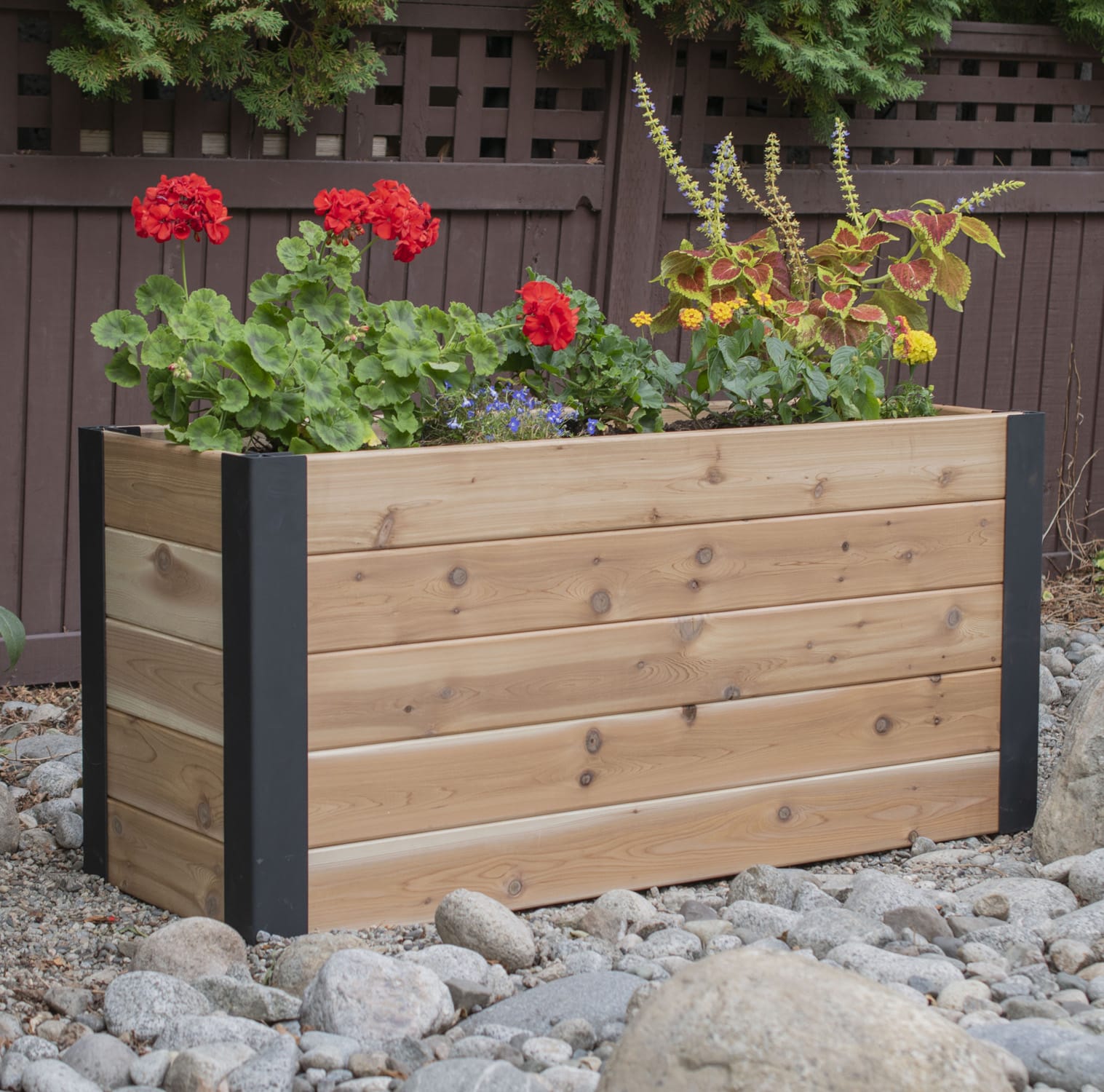
- 6×3 Raised Garden Bed: For those with larger patios, the 6×3 model offers ample room to grow a wider range of plants, from leafy greens to flowers. It creates a lush, garden-like feel on any patio, bringing a touch of the backyard to your high-rise view.
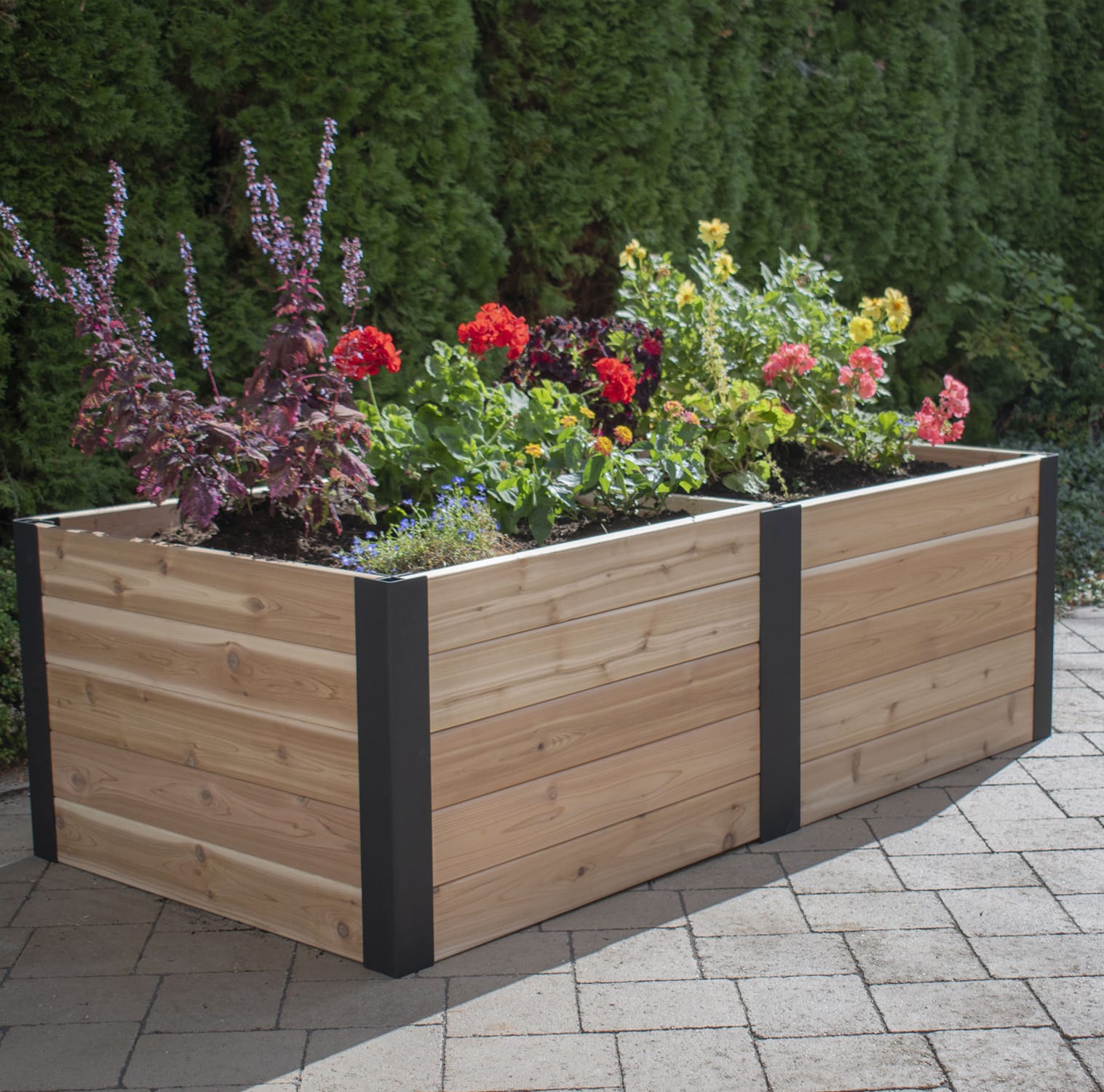
Each model’s raised structure means plants are kept at an accessible height, making gardening enjoyable without the hassle of kneeling or bending, especially in a compact setting.
Benefits of Condo Patio Gardening with Raised Beds
1. Clean and Convenient Design
One of the biggest concerns with condo gardening is preventing mess on shared outdoor areas. The built-in floors of these raised beds help control soil, water, and fertilizer, ensuring that your garden stays tidy and manageable. This feature makes them an ideal choice for condos where you may need to be considerate of neighbors below.
2. Optimized Use of Space
For condo residents, every inch counts. These raised beds are designed to optimize small patio spaces, letting you cultivate a variety of plants without crowding. Vertical gardening options allow you to make the most of limited square footage, and the raised design provides extra storage for gardening tools underneath.
3. Easy Access and Minimal Upkeep
With the raised garden beds’ accessible height, tending to plants becomes easy and enjoyable. These models allow condo gardeners to experience the therapeutic benefits of gardening without requiring a large outdoor area. The compact, elevated design makes it easy to control pests, weeds, and watering, resulting in a healthier, low-maintenance garden.
4. Built for Urban Weather
Constructed from durable, naturally rot-resistant Western Red Cedar, these garden beds can withstand various weather conditions, making them perfect for exposed patios. Cedar’s natural resilience offers long-lasting beauty and function, even in urban environments where space and weather can be a challenge.
Building a Lifestyle with Patio Gardening
Adding greenery to your condo patio is about more than just beautifying your space; it’s about adopting a mindful, sustainable lifestyle. Patio gardening is a form of eco-friendly living, reducing your reliance on store-bought herbs or veggies while lowering your environmental footprint. Imagine the joy of cooking with fresh herbs you’ve grown or enjoying vibrant flowers as you relax on your balcony with city views.
Condo gardening can become a rewarding ritual that fits seamlessly into your daily routine, even in a busy urban setting. As you nurture your plants, you’re also nurturing a small sanctuary of calm and focus—a refreshing contrast to the city’s hustle.
Start Your Urban Gardening Journey
Outdoor Living Today’s Urban Raised Garden Beds make it easier than ever for urban residents to embrace the joys of gardening. With stylish, space-conscious designs that fit perfectly on a condo patio, these beds are designed to offer a taste of the outdoors, even in high-rise living. Embrace the beauty and benefits of a green space that’s truly your own, creating a vibrant, lush patio garden that reflects the best of city life—simple, beautiful, and alive with nature.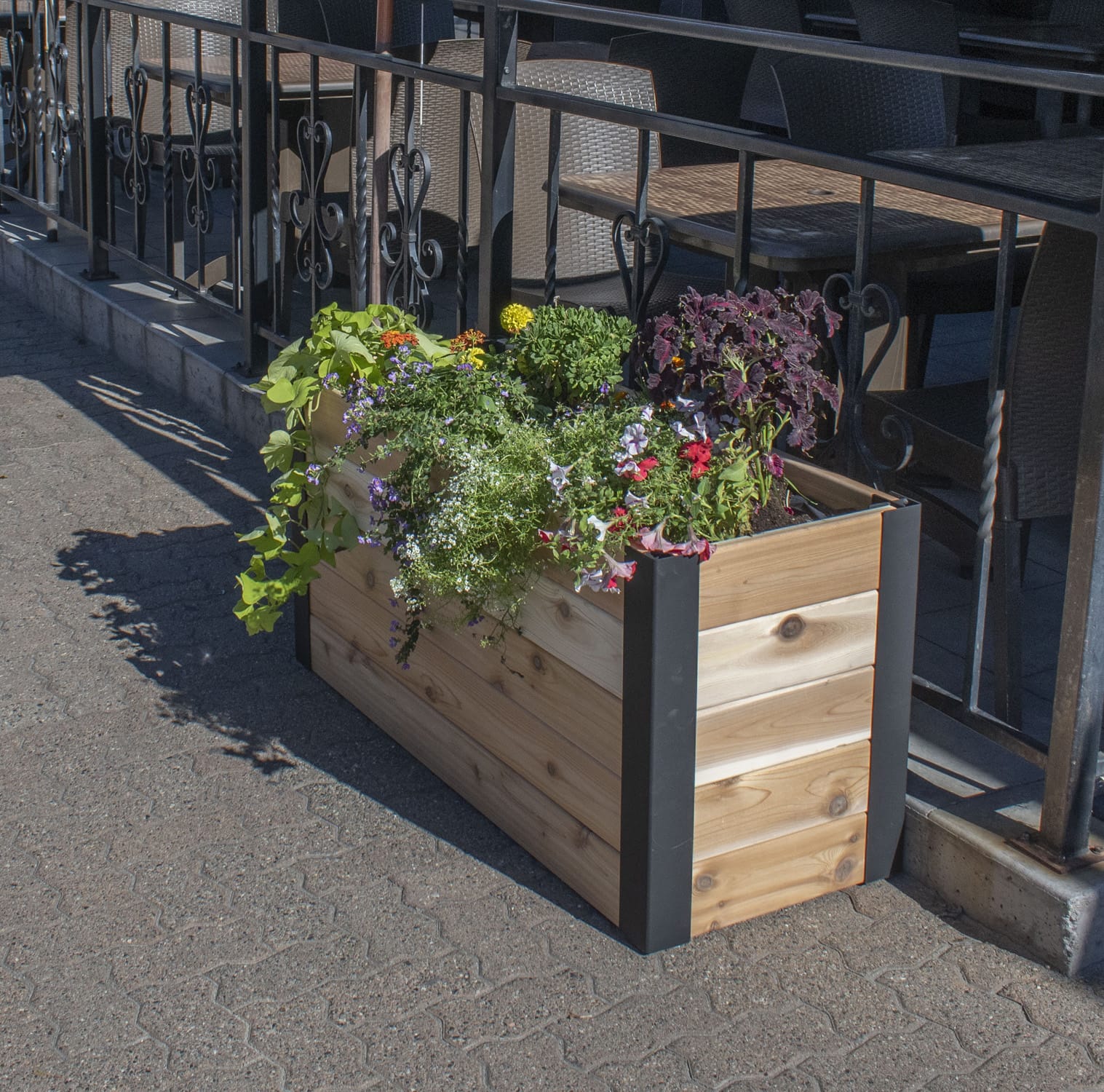

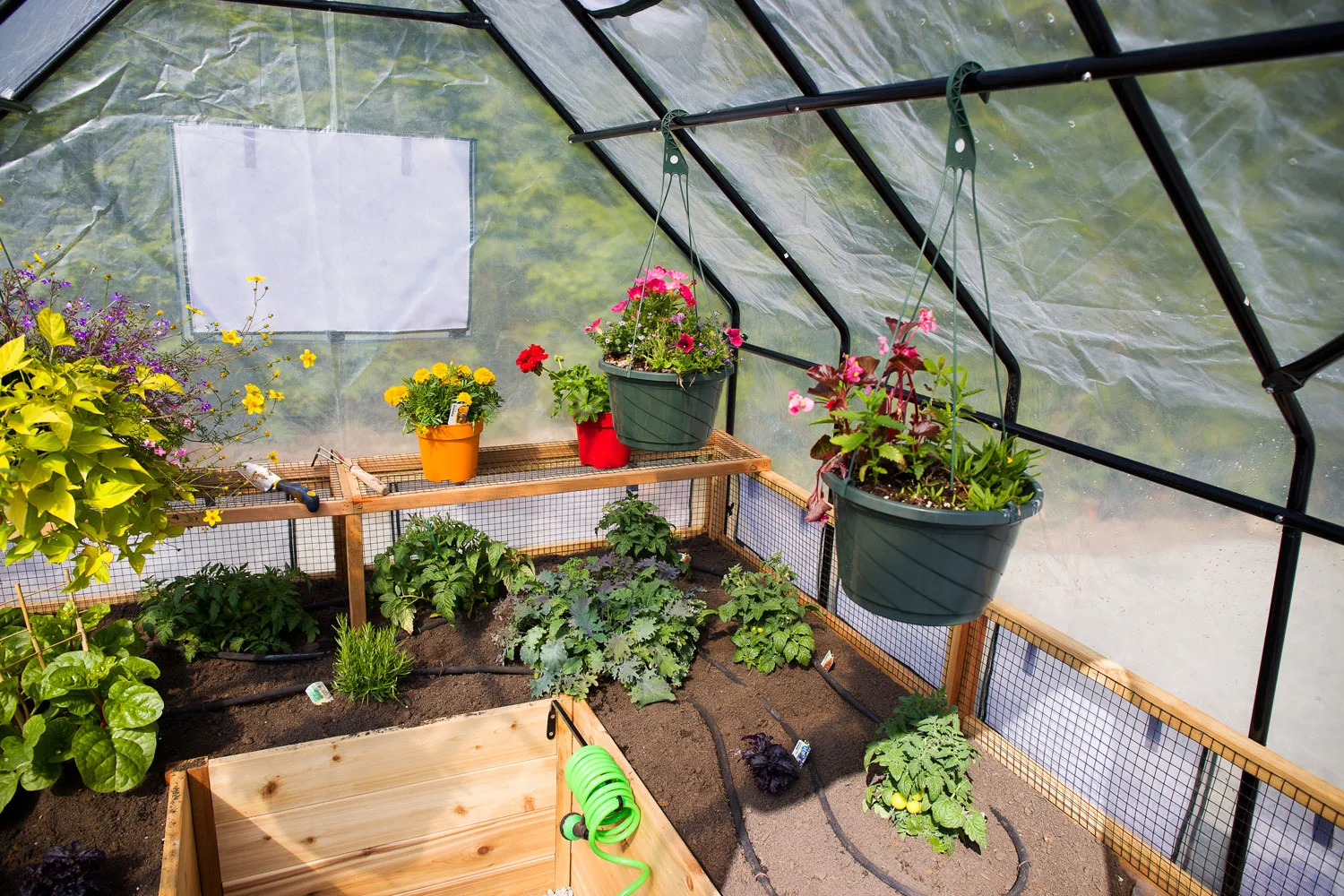
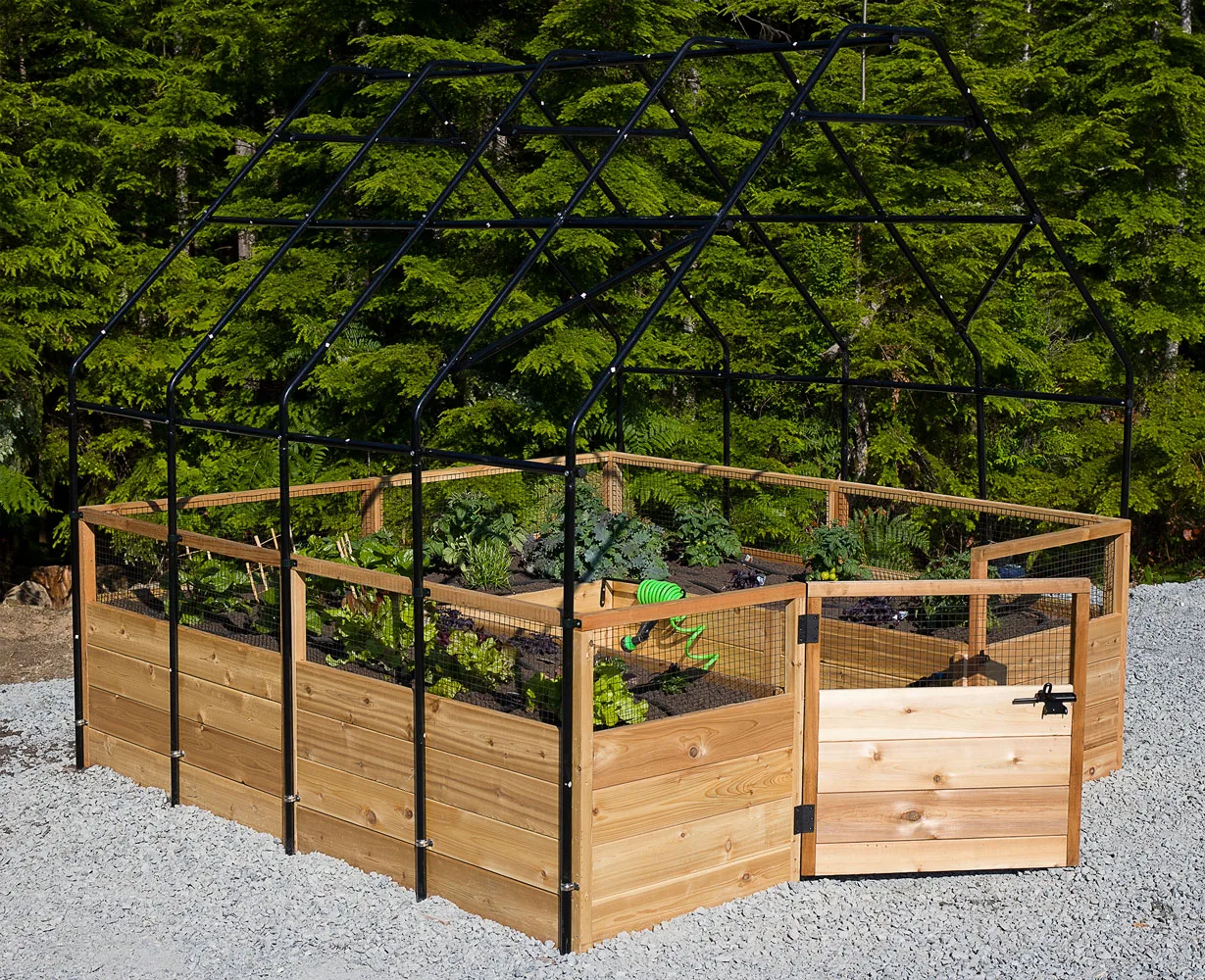
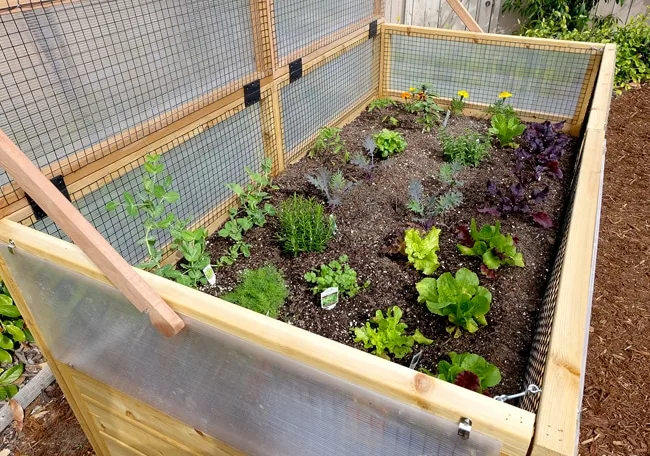
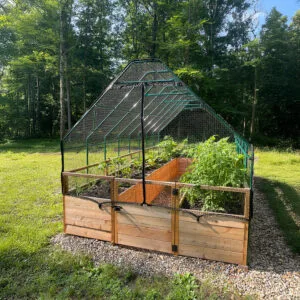
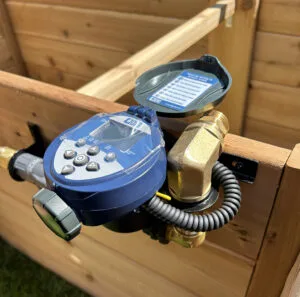
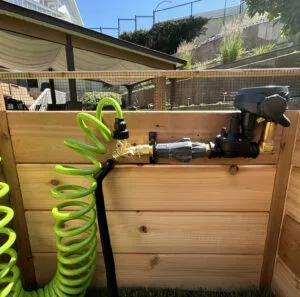
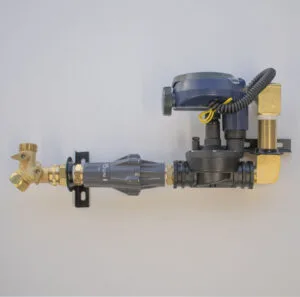
 What Is an Auto Watering System?
What Is an Auto Watering System? Benefits of Using an Auto Watering System
Benefits of Using an Auto Watering System Is an Auto Watering System Worth It?
Is an Auto Watering System Worth It?
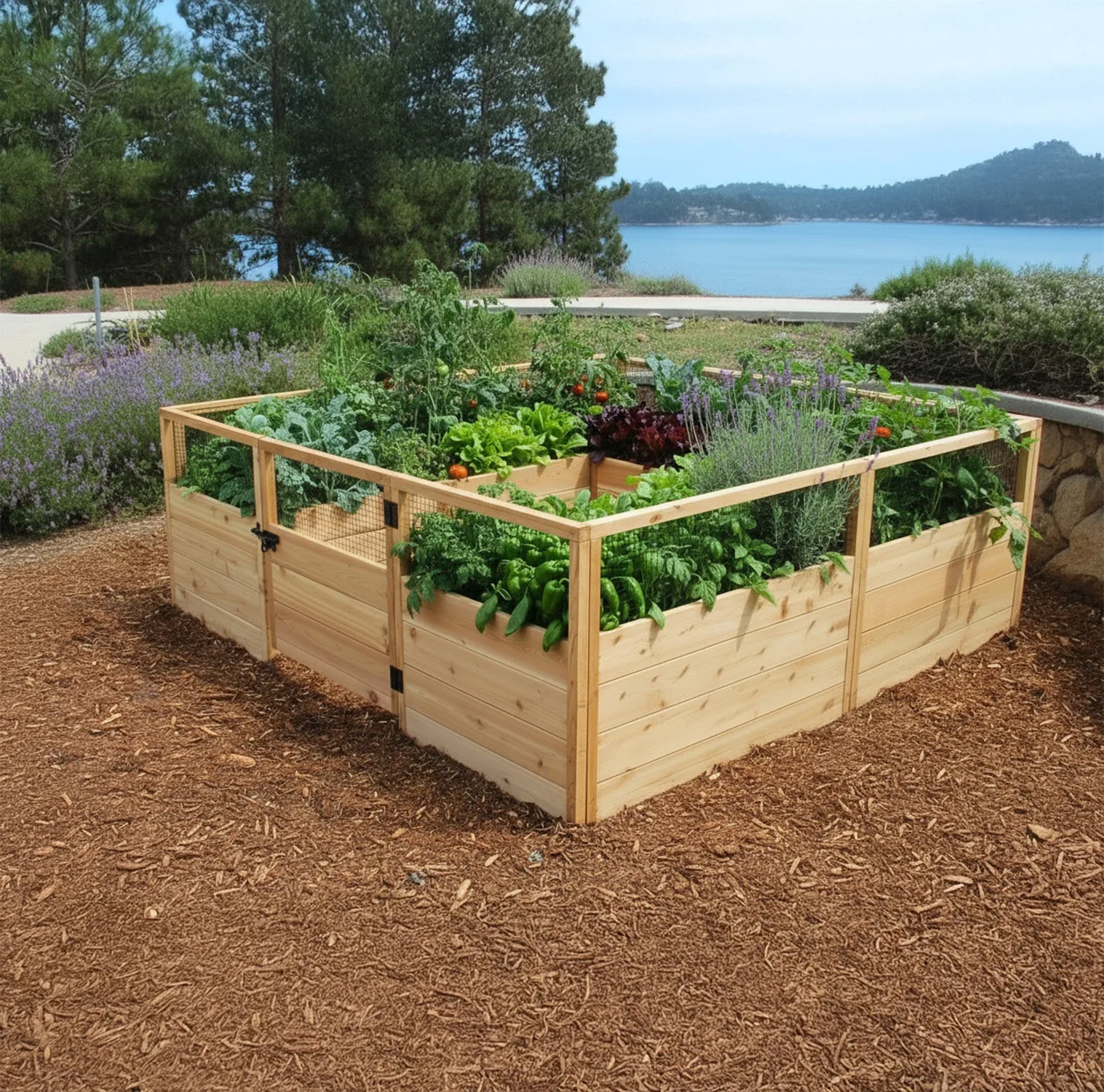

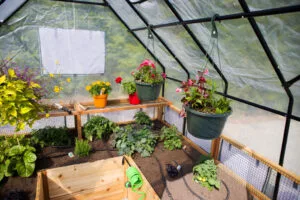
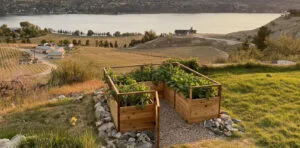
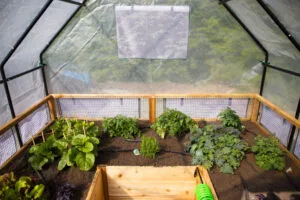
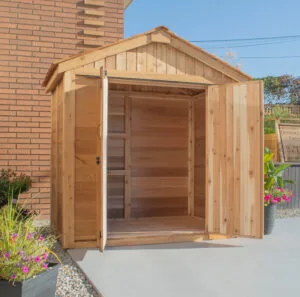
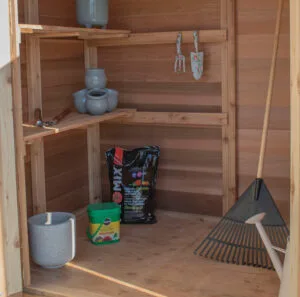
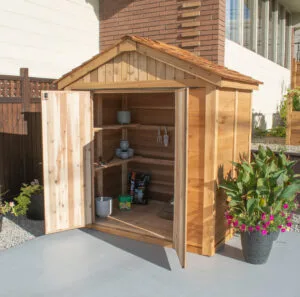
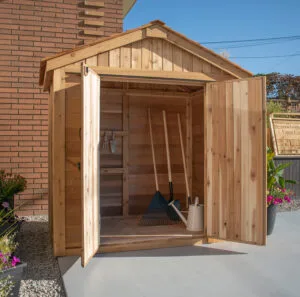
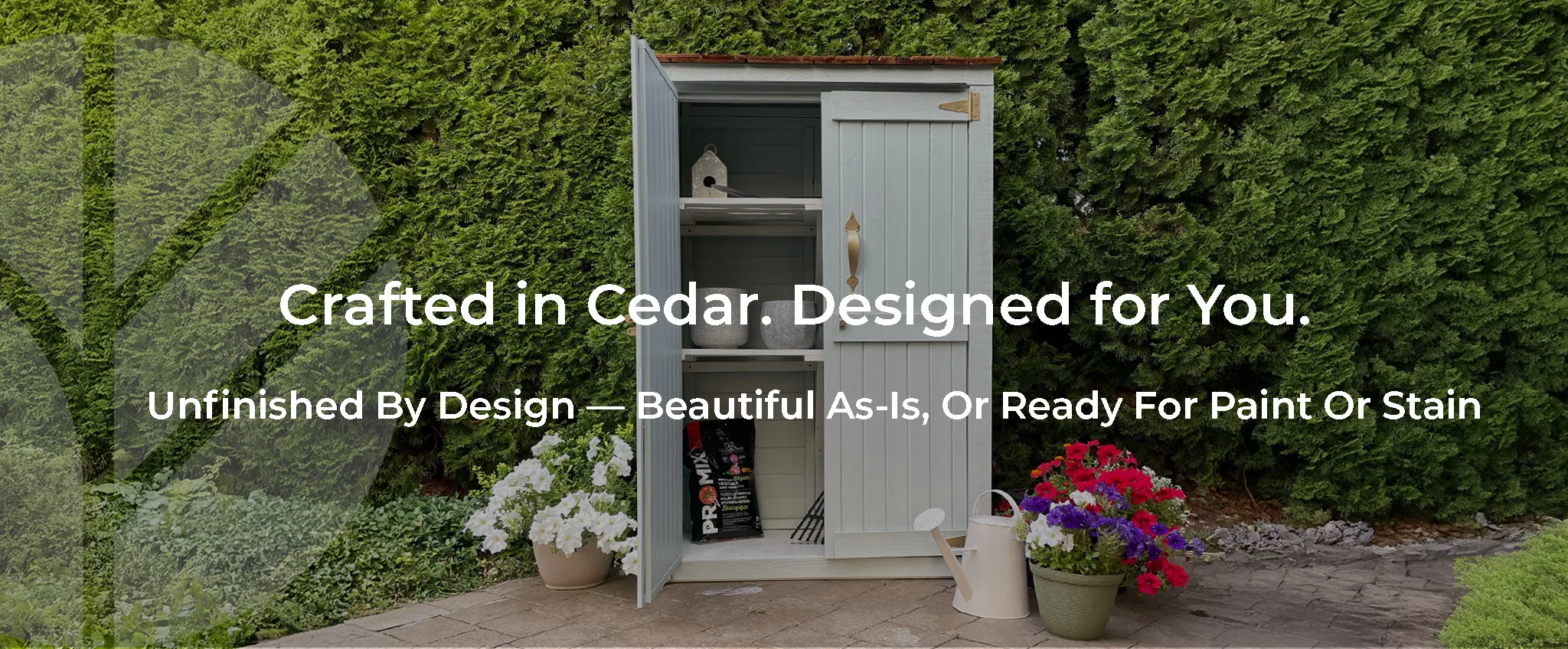
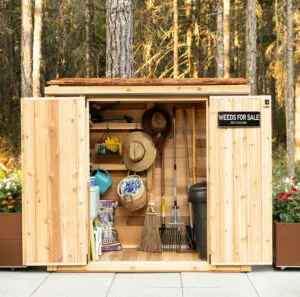
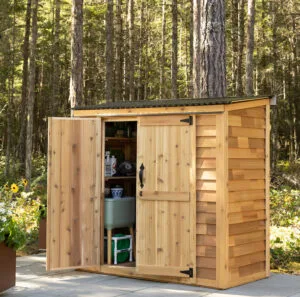
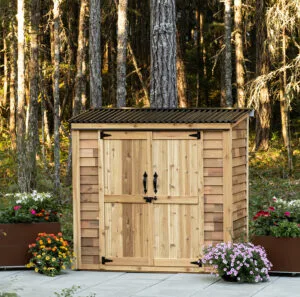
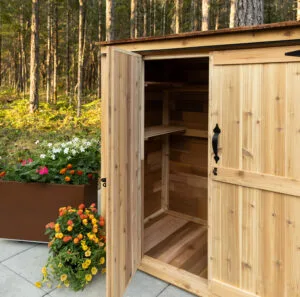
 Shop Sheds
Shop Sheds


